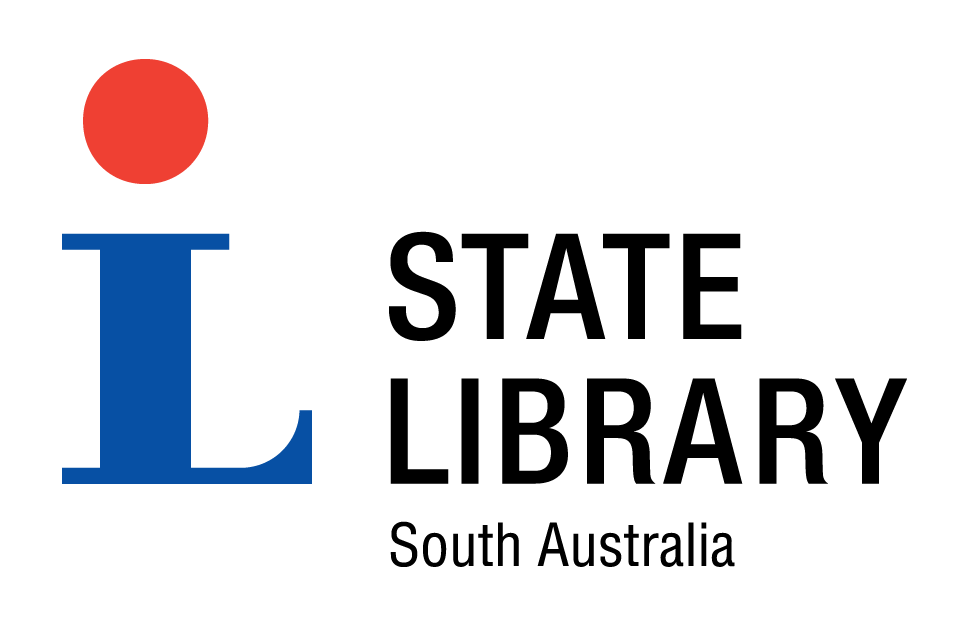
How to cook a camel |
|||
|---|---|---|---|
| Title : | How to cook a camel |

|
|
| Creator : | Warburton, Peter Egerton, 1813-1889 | ||
| Source : | Journey across the western interior of Australia, p. 217 | ||
| Place Of Creation : | London | ||
| Publisher : | Sampson Low | ||
| Date of creation : | 1875 | ||
| Format : | Book | ||
| Catalogue record | |||
| The State Library of South Australia is keen to find out more about SA Memory items. We encourage you to contact the Library if you have additional information about any of these items. | |||
| Copyright : | Reproduction rights are owned by State Library of South Australia. This image may be printed or saved for research or study. Use for any other purpose requires permission from the State Library of South Australia. To request approval, complete the Permission to publish form. |
| Description : |
Peter Egerton Warburton describes the butchering, cooking of a camel and of drying the meat. In the dire straits that his expedition had reached no part of the camel was left unused, not even the feet. Firstly the liver, kidneys and all internal organs were eaten. Everything went into the pot, including the bones from which the marrow would be later extracted. The hide was boiled and then the hair was scraped off, the skin then being returned to the pot and boiled until it was soft enough to eat. Warburton admitted that there was little nourishment in the hide cooked this way, but it served to fill the men's stomachs. The camel flesh was cut into thin strips and dried in the sun for three days. Brain and feet were also relished, but the feet in particular needed extensive preparation. Camels had been imported into Australia in 1866 by Sir Thomas Elder. These were not the first, as a camel had been used by John Ainsworth Horrocks in 1846, the Burke And Wills expedition of 1860, and John McKinlay's search expedition for these explorers also had some camels. However Thomas Elder established an extensive breeding stud at Beltana, importing three different types of camels best suited to riding, or load bearing. He also brought over Afghan camel men to manage the animals on the voyage from India (now Pakistan) and thereafter. Elder's camels were used extensively by the explorers Ernest Giles, William Christie Gosse and Peter Egerton Warburton, and also on the building of the Overland Telegraph Line. Further, they were used in the 1890s on the Elder Scientific Exploration Expedition and the Calvert Scientific Exploring Expedition and well into the twentieth century as essential transport in the Australian outback. |
| Subjects | |
| Related names : | Warburton, Peter Egerton, 1813-1889 |
| Period : | 1852-1883 |
| Place : | Great Sandy Desert (WA) |
| Further reading : | Dunn, Margaret The captain, the colonel and the bishop Adelaide: Crawford House Press, 2004 Kelly, Kieran, Tanami: on foot across Australia's desert heart Sydney: Pan Macmillan Australia, 2003 McKnight, Tom L. The camel in Australia [Melbourne]: Melbourne University Press, [1969] Stevens, Christine, Tin mosques & ghantowns: a history of Afghan cameldrivers in Australia Melbourne: Oxford University Press, 1989 |
| Internet links : | Dictionary of Australian Biography: see Peter Egerton Warburton |
| Exhibitions and events : | State Library of South Australia: Mortlock Wing. Taking it to the edge August 2004- |


